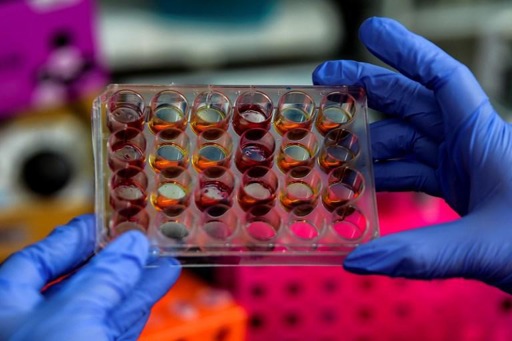A team of biologists from the Catholic University of Leuven (KU Leuven) has succeeded in making a new cell model using stem cells in a laboratory, the university announced in a press release.
The cells closely resemble their natural counterparts in fledgling human embryos. This allows researchers to better study what happens just after an embryo is implanted in the womb, which usually occurs about eight days after conception.
By then, the embryo is inaccessible for research for technical and ethical reasons, which is why scientists have developed stem cell models for different types of embryo cells to be able to study human development.
The KU Leuven team, led by Professor Vincent Pasque, has now for the first time copied a specific type of human embryo cells, the extra-embryonic mesoderm cells. “These cells make the first blood in an embryo, help the embryo attach itself to the future placenta and play a role in the formation of the primitive umbilical cord. In humans, these types of cells appear at an earlier stage of development than in mouse embryos, ” said Professor Pasque.
“That makes our model extra important, because research in mouse embryos does not necessarily provide answers that also apply to humans,” he added.
The researchers made their model cells from human stem cells that can still develop into all cell types in an embryo. The new cells closely resemble their natural counterparts in human embryos and are therefore a good model for that specific cell type.
“We can now study processes that are normally hidden,” said the KU Leuven professor. “Thanks to the model, for example, we have already managed to find out where extra-embryonic mesoderm cells come from.
"In the long term, our model will hopefully shed more light on medical challenges such as fertility problems, miscarriages and developmental disorders,” he said.
The research results have been published in the scientific journal Cell Stem Cell.

